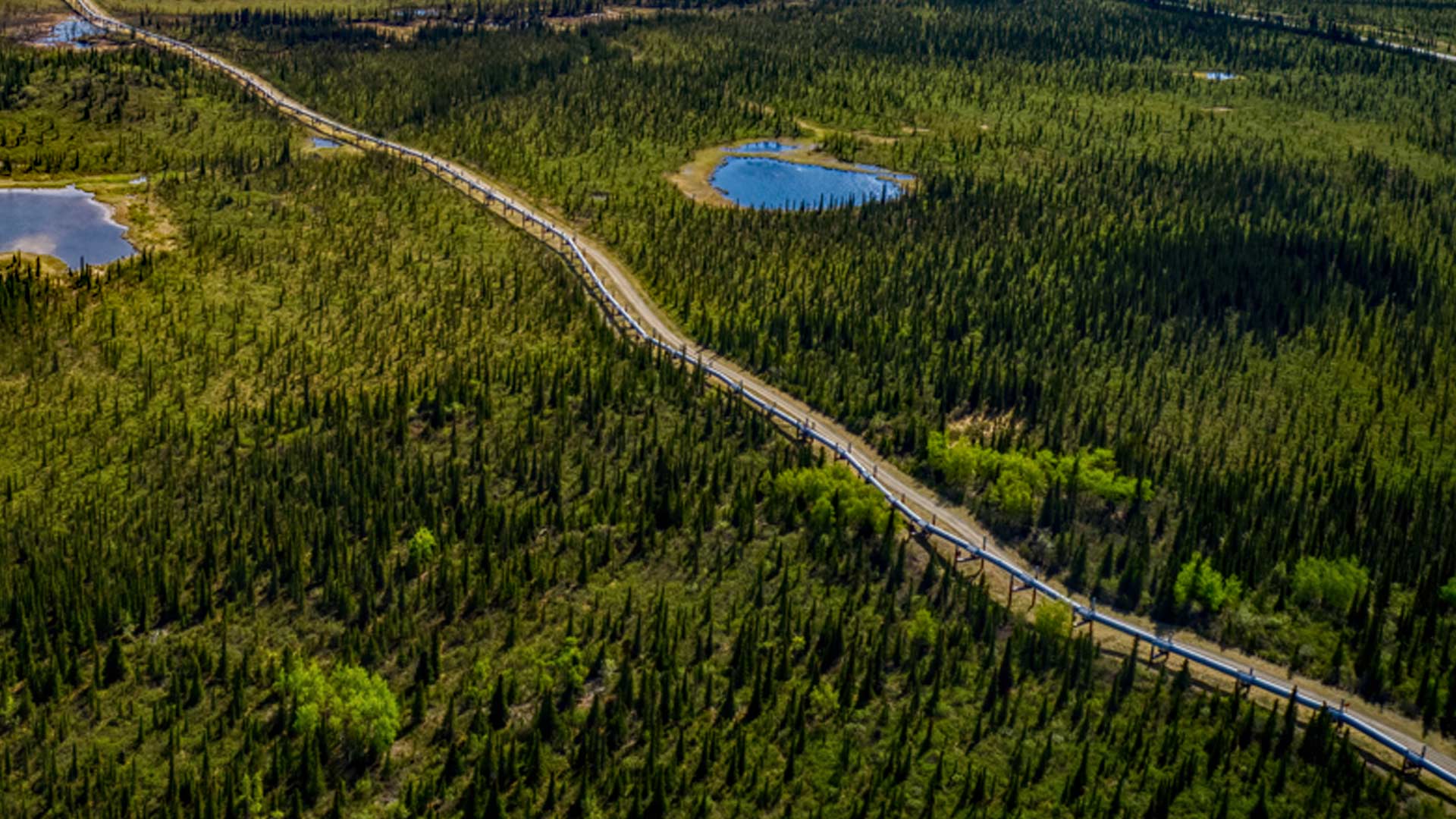Part of a continuing weekly series on Alaska history by local historian David Reamer. Have a question about Anchorage or Alaska history or an idea for a future article? Go to the form at the bottom of this story.
“The odds are good, but the goods are odd.” How many times have you heard that said, or more like grumbled, by Alaska women? Meanwhile, men in Alaska have complained about a supposed shortage of women, regardless of quality, for more than a century. Back in 1921, a group of desperate Anchorage bachelors formed the Bridegroom Club, which essentially subsidized the hunt for matrimony. “We’ll revolt and import some brides,” said one member. The group shared the costs of bride shipping, hotel suites, and wedding banquets. Or, they would have if they ever managed to convince a woman to move north for their sake.
In 1949, the future honorable Gov. William A. Egan (1914-1984), then the humble Territorial Rep. Bill Egan, introduced a bill into the Legislature. “Braving the snarls of spinsters,” as the anonymous Associated Press scribe wrote, Egan called for a tax of $50 on every single woman in Alaska. His stated intent was to “further the institution of matrimony, relieve the housing shortage and levy a special tax on the privilege of being single.”
More specifically, House Bill 108 was a head tax on every unmarried woman between 18 and 50 who was also gainfully employed. The tax was either a flat $50 or 10% of the woman’s federal income tax, whichever was higher. Thus introduced, the bill was referred to the Ways and Means Committee. Other bills introduced that day included the early steps toward creating a water pollution control board, Alaska Youth Commission, and some assorted trade regulations.
Egan had already made a stir that session by introducing a bill offering a $2 bounty on bald eagles killed in the territory. This bill, which passed into law, increased bald eagle bounties that had been on the books in Alaska since 1917. The proposal was supported by fishermen who claimed eagles were unfair competition for salmon. Thus, the sportsmen required the government’s assistance if they were to thrive. The bounty program lasted into 1952, when it was superseded by federal regulation. As governor in the early 1960s, Egan notably opposed bounties on hair seals and wolves.
Within a couple of days, news of the “spinster tax” spread nationwide, gleefully picked up by newspapers as far away as New York City. News from Alaska has long played well in the Lower 48, especially curiosities, tall tales, and attempts to tax single women out of existence. In less than a week, Egan received several letters of protest, including ones from Seattle, Detroit and Newburgh, New York. The Newburgh man thought the bill was “most preposterous.” “I certainly trust, sir, that you were joking,” he added.
Egan was himself married. Neva McKittrick (1914-2011) moved to Valdez in 1937 for a teaching position, when schoolteachers were required to be single. In Anchorage, the school district had a mandatory resignation for pregnancy in effect for teachers until 1972. Anyway, a young Egan took an immediate liking to McKittrick. His status as one of the few men in town with a car was one of his more desirable attributes, such was the state of Valdez. Still, she was at least partially immune to these charms and initially turned him down. Three years later, however, they were wed.
While there are still more men than women in Alaska, the divide has narrowed from a 67% male population per the 1900 Census to 52.6% per 2022 Census Bureau estimates. Per the 1950 Census, conducted one year after Egan’s bill was introduced, Alaska’s population was 62% male. For adults 20 years old and up, the population was 67% male. Of course, some towns had more significant disparities, yet for urban Alaska, where most lonely complainers lived, the population was a far closer to even 55% male.
Egan’s bill was best lampooned by Jane Hafling (1923-2017), the longtime cartoonist for the Anchorage Daily Times. A female cartoonist working a regular assignment for a midcentury newspaper would have been notable anywhere, let alone in distant Alaska, where there were fewer opportunities and female cartoonists. After an education at the Denver Art Institute, Hafling moved to Alaska in 1941, where she worked as a stenographer before winning a 1945 Daily Times drawing contest. She worked for the Daily Times through 1965 and, in 1959, published a book, “Haf Baked Alaska.” If you need a relatively obscure, affordable, and worthwhile bit of Alaskana for gift-giving season, consider tracking down a copy.
In her March 12, 1949 cartoon, a woman sits on a couch while an eager suitor kneels before her. “Darling, will you marry me?” he says. “I’m poor — but we can live on love and the fifty bucks I’ll be saving you!” Hafling remarkably drew her without an obvious reaction. While the woman in the cartoon might have been facing an economic hardship given the tax, she would have also had other options, other goods to peruse.
There was at least one exception within the bill. As written, single women could apply for a tax waiver because of physical disfigurement, granted at the discretion of the tax commissioner. This would have been a hint for anyone who read it. On March 14, 1949, Egan surrendered and assured everyone in range that he had merely been joking. Whether true or not, it was a convenient end to the brouhaha for him, if not the single men who thought their big chance had come.
Key sources:
“Alaska’s Bald Eagles Protected by New Law.” Anchorage Daily Times, May 16, 1952, 14.
“Bachelor Girls’ Tax Sponsor Puts Out ‘White Flag.’” Anchorage Daily Times, March 15, 1949, 1.
“Bachelors of Anchorage in Revolt Prepare to Import Many Brides.” Anchorage Daily Times, January 19, 1921, 1.
Berry, Barbara Snyder. “An Alaskan Cartoonist: The Work of Jane Hafling.” In Alaska Journal: A 1986 Collection, edited by Terrence Cole, 156-161.
“Bill Spurs Hunt of Single Women.” Anchorage Daily Times, March 9, 1949, 1.
Dunham, Mike. “Neva Egan, the First of Alaska’s First Ladies, Dies at Age 96.” Anchorage Daily News, January 20, 2011.
“‘Eagle Bounty’ Egan Out to Scalp Females.” Anchorage Daily News, March 9, 1949, 1.

:quality(70)/cloudfront-us-east-1.images.arcpublishing.com/adn/XH5GR46FYNAKJD25DQBZO2HWXQ.jpg)




:quality(70)/cloudfront-us-east-1.images.arcpublishing.com/adn/M6Q5X6WKFJGOHHMYIS2G4SAK3Q.jpg)



















/cdn.vox-cdn.com/uploads/chorus_asset/file/25739950/247386_Elon_Musk_Open_AI_CVirginia.jpg)



